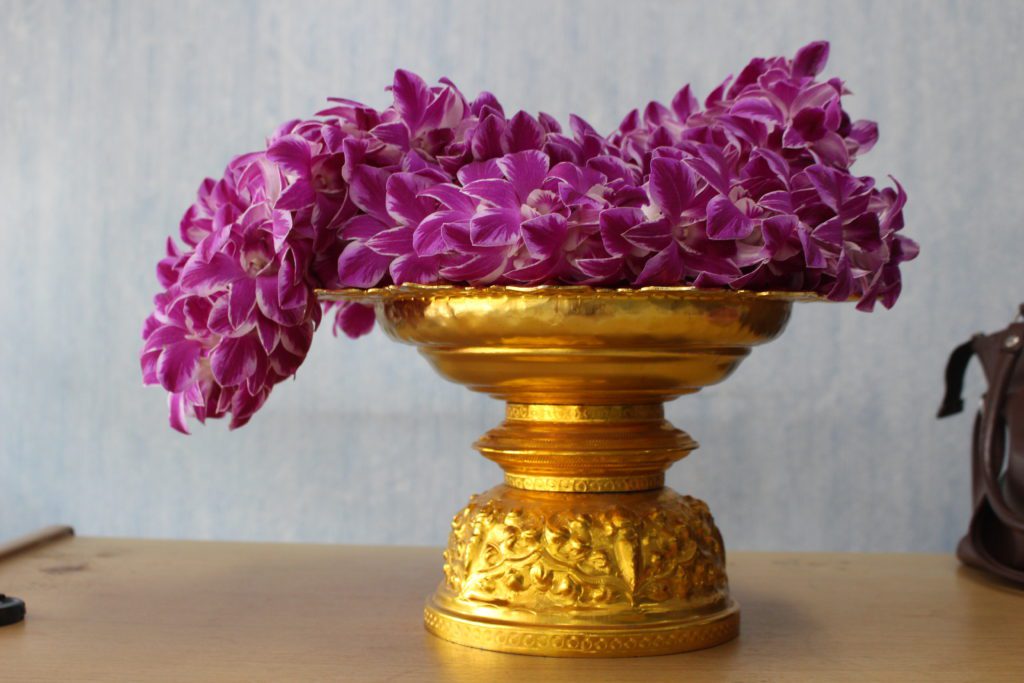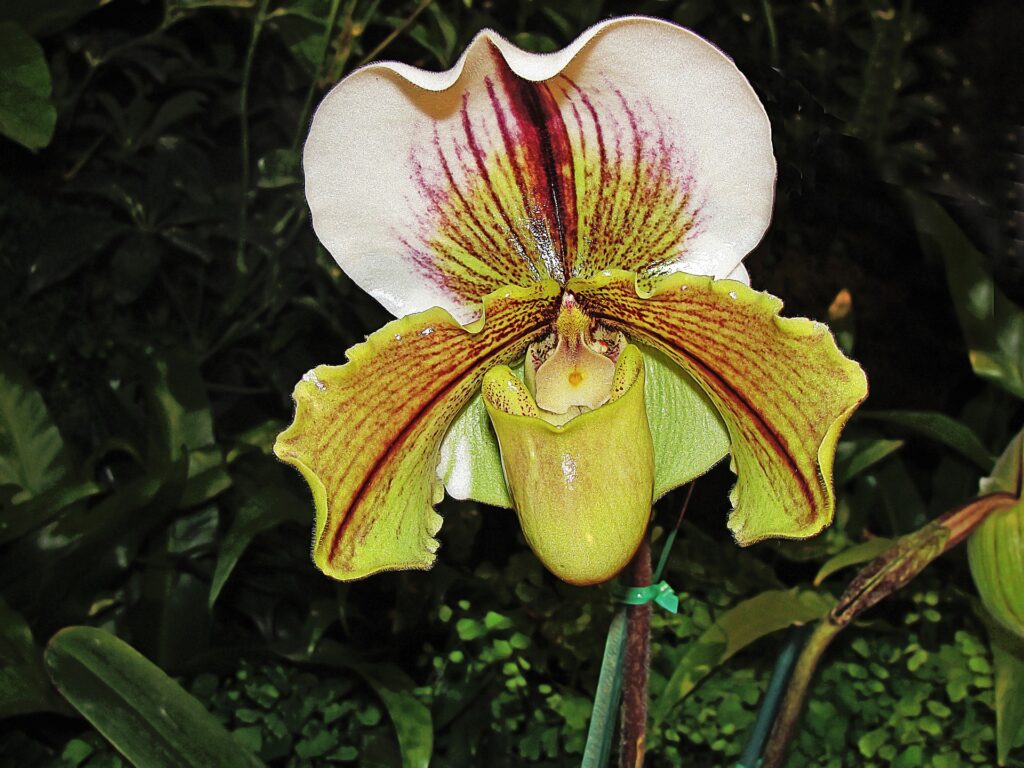Monthly Checklist for January and February

Cattleya
Watering and fertilizing will be at a minimum, as will potting. Be on the lookout for aging sheaths on your winter-into-spring bloomers. Careful taking away of the dying sheaths will still allow buds to develop without the danger of condensation-induced rot. Low light will lead to weak spikes, so, and as noted above, staking is crucial. If you have an opportunity to get out to nurseries, there may still be a possibility to acquire good plants in sheath for spring bloom. Getting them now not only make sure that you’ll have them, but also allows them to become used to your conditions and bloom at their best.
Cymbidium
We are well into the flowering season now. Outdoor growers should be careful to danger of freezing temperatures. Damage starts to happen below 30 F. Be diligent about tying the inflorescences for the best plan of the flowers. Also look closely for slugs and snails. Protect the plants from the rain and this will help to cut the risk of botrytis spotting, if weather is quite wet.
Lycaste
The most glorious of all orchids, Lycaste, will be moving toward their flowering season. Ensure the palm-like leaves do not interfere with the emerging inflorescences. Tying them loosely together frequent is helpful. Some growers cut the leaves off at the pseudobulb, but this take away part of the attractiveness of this elegant orchid. Resist picking up the plant to examine those beautiful buds carefully and then setting it down in all different directions because the flower buds will be forced to re-orient themselves to the source where the light comes from and wont open as nicely as they should. You should also try to keep the plants a little drier during the shorter days.
Odontoglossums
Odontoglossums and their intergeneric hybrids peovide a great splash of color now. Although once thought of as being hard to grow and needing cool temperatures because of the emphasis on odontoglossum breeding, the new intergeneric hybrids made using Oncidium and Brassia, for example, are just the opposite. These plants are quite content in more intermediate conditions. New growths usually come out in the spring, later forming beautiful plump pseudobulbs. Look for the flower spikes to come out from the inner sheath of the pseudobulb. If your plant’s pseudobulbs are shriveled, then the plants have been kept too dry or too wet. Exame the roots carefully to decide which condition prevailed.
Paphiopedilum
The standard Paphiopedilum insigne-derived hybrids, which are called “bull dogs” and “toads,” are at their greatest time. Unlike most other orchids, they can even be potted while are in bud. There is really no wrong time to pot a paphiopedilum, and no other orchid responds so well to fresh mix and a cleanup. Keep an eye on watering till roots start to grow.

Phalaenopsis
Now is the greatest time of spike development, with the first plants in full flower. Staking and plant preparation is a must for all those important spring shows. Now, correct staking will offer a better display and also make it much easier to transport to your society meetings and shows. Care with watering is crucial to avoid mechanical damage to the flowers, in addition to rot-related problems. Keep spent blooms cleaned up to stay away from botrytis inoculation. Do not repot this month.
Zygopetalum
For the most part, the flowering season will have ended for this group, giving the grower an opportunity to do some repotting. The plants will then have an opportunity to become well founded before the hotter months of summer come. Most growers apply bark mixes, but some outstanding results have been seen lately using rock-wool mixtures. You may want to try this mix, but do not change your entire collection over to this new media till you are sure it is suitable for you.
